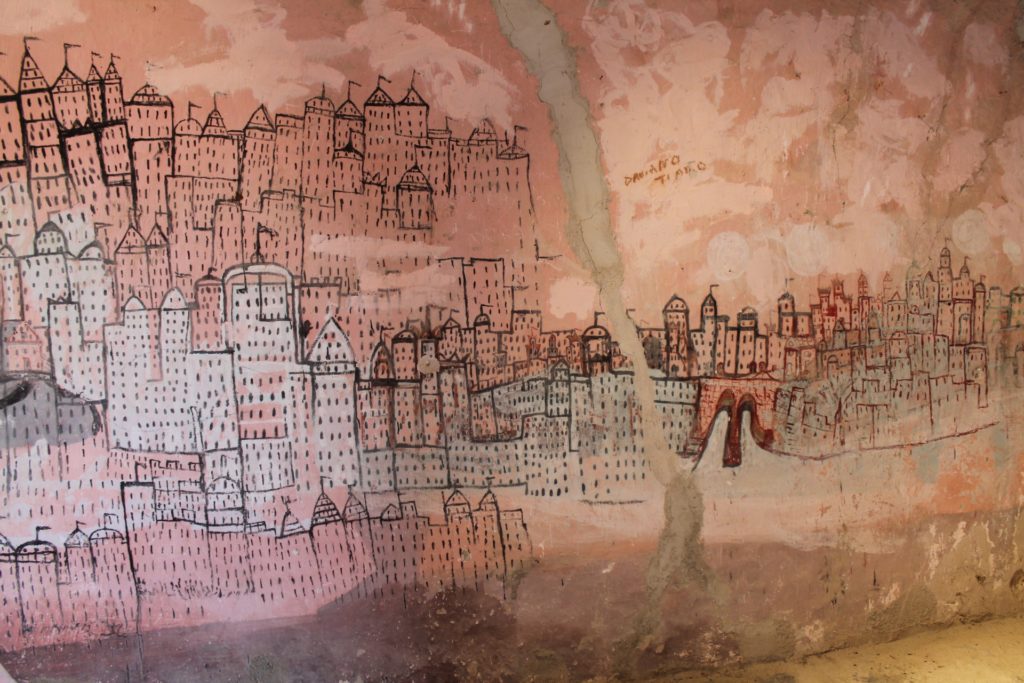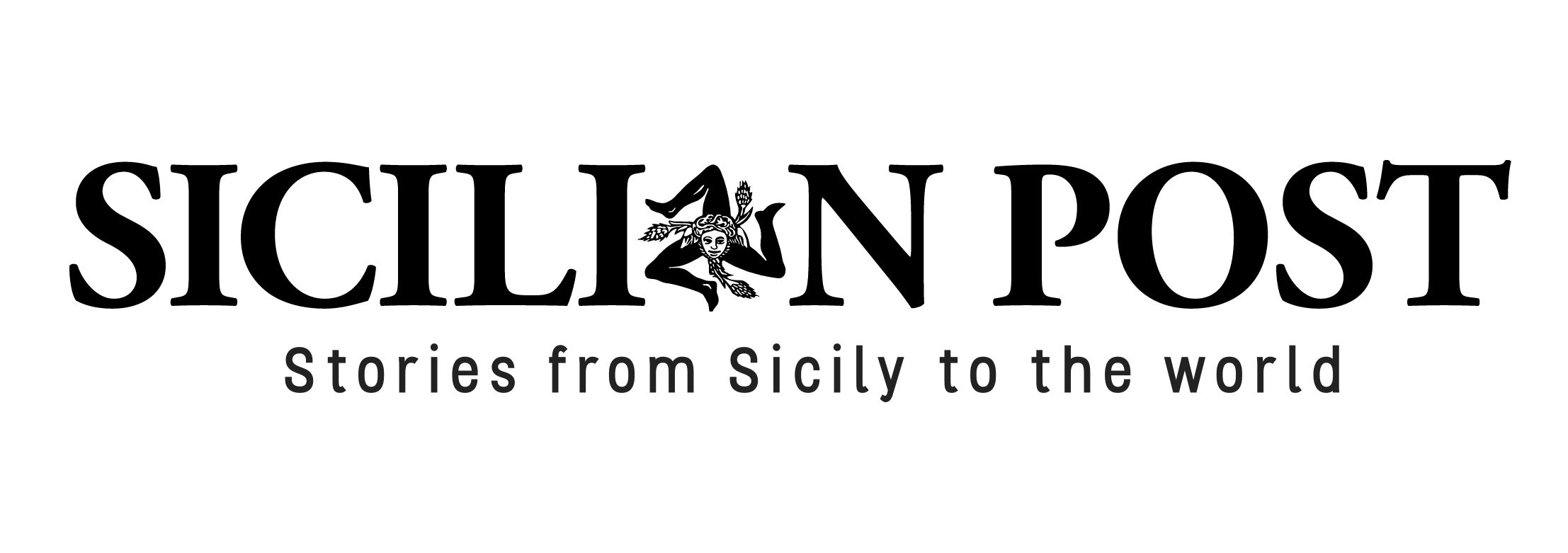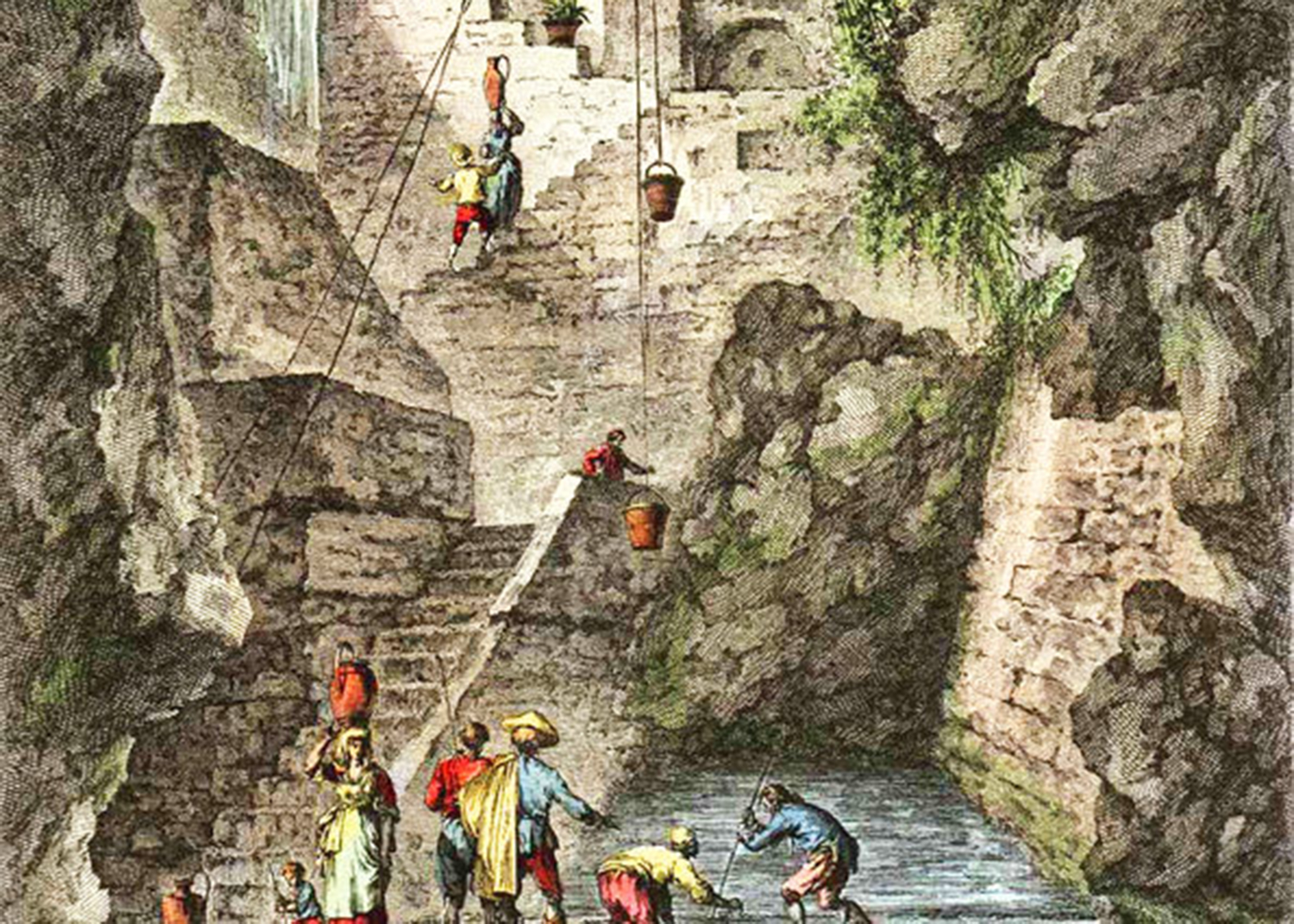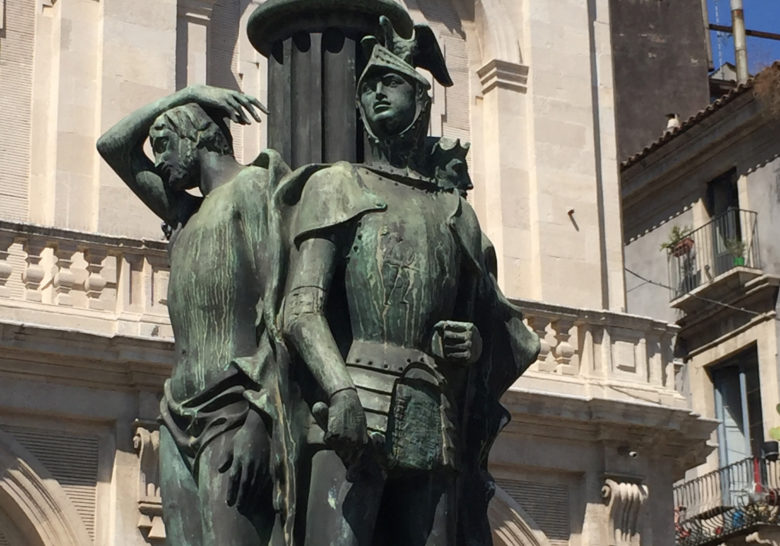Between madness and art: “Filippu di li testi” and the Enchanted Castle in Sciacca
The cooperative Agorà, which currently manages this site, led us to discover Sciacca’s magical place. “It is not a castle, but an olive grove and an almond one with three thousand heads carved in stone by Filippo Bentivegna, the former owner of the farm. The artist was called ‘your excellence’ and claimed that the carved stones were his subjects, so the place became known as the Enchanted Castle”
Our sleepy gaze does not always allow us to see the beauties that lie before us and often we need the estranged gaze of a foreign visitor to make us recognize their value. This is the story of many Sicilian wonders rediscovered or yet to be discovered, among which there is one in particular perhaps still unjustly unknown: in Sciacca, in the province of Agrigento, there is a place full of mysteries and art, known as the Enchanted Castle.
It is actually an imprecise name, because, as Giuseppe Gulino, president of the cooperative Agorà that currently manages the site, explained to us, “it is not a castle, but an olive grove and an almond one with three thousand heads carved in stone by Filippo Bentivegna, the former owner of the farm. The artist was called ‘your excellence’ and claimed that the carved stones were his subjects, so the place became known as the Enchanted Castle”. The story of Bentivegna remains largely shrouded in mystery and the only thing known with certainty is that this illiterate Sicilian left for America in 1913 like many men of his time and went mad there. It has been verified that Filippo suffered a serious head injury which caused him amnesia: having become unable to work, he was then repatriated. The details of his tragic accident, however, are still wrapped up in reading. According to a popular story, his madness was due to unrequited love for a woman with black eyes. She was already betrothed, and the matter ended in a duel in which the future artist lost. “When he returned to Sciacca”, Gulino continued, “he bought a land at the foot of Mount Kronio and retired there, rejecting every human relationship. His only occupation was sculpting the marble limestone formations of that stony he had bought, engraving heads of every shape and appearance, with the most varied facial features, or with appearance of historical figures he had known. For his fellow citizens he became the so-called ‘Filippu di li testi’”. The value of his art was recognized by the Swedish painter Lilieström, who lived in Sciacca in the 1950s and wanted to meet this tireless creator of human faces personally. Lilieström was given the title of “court dignitary” by Filippo and organized an exhibition dedicated to his works at the former Hotel Italia. The exhibition was unsuccessful, but it was the first step in the international recognition of Filippo’s work. “In 1968 the Roman lawyer Gabriele Stocchi, a friend of the theorist of Art Brut Jean Dubuffet, arrived in Sciacca to see the famous heads with his own eyes. Meanwhile, many works had been stolen following the death of Filippo: of the original 20 thousand sculptures today only 3 thousand remain, while 16 were granted by the families of Bentivegna to Stocchi, who brought them as a gift to his friend Dubuffet. Today those 16 sculptures are exhibited at the Museum of Art Brut in Lausanne, together with a work by Dubuffet himself that defines the works of “Filippu di li testi” as the best in the museum collection”.
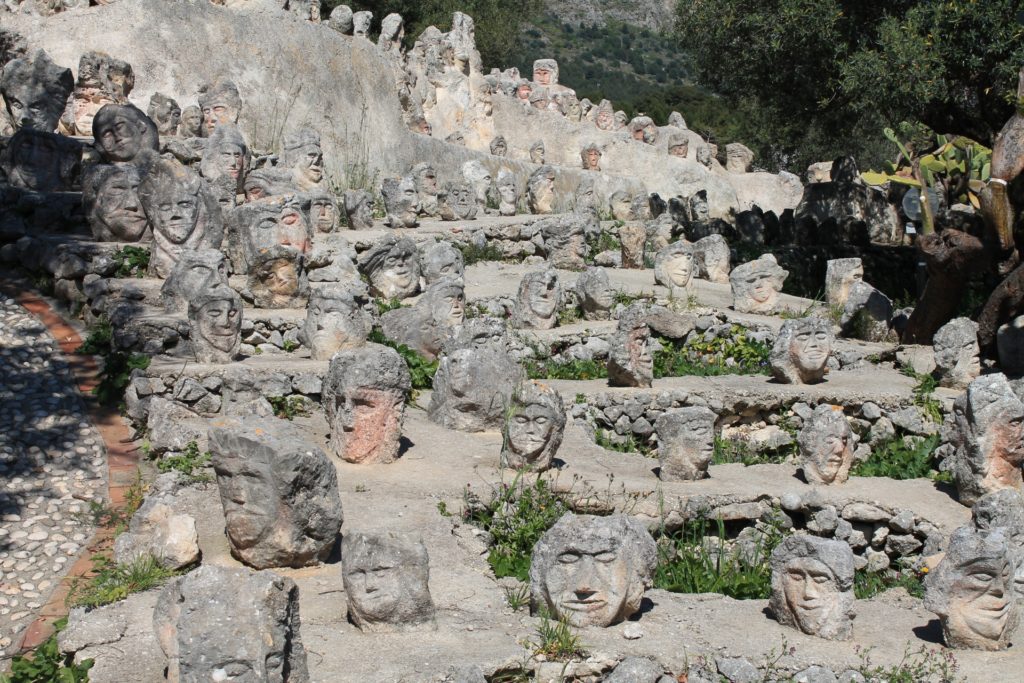
The property of Filippo Bentivegna was subsequently acquired by the Sicilian Region and today it is managed by the cooperative Agorà, which has revolutionized its management. “For 9 years we have been promoting the Enchanted Castle – explains Giuseppe Gulino – and the results are noticeable: if there were no tourists before, today the Castle is the second most visited site in the province of Agrigento after the Valley of the Temples, thanks also to the daily opening from 9 am to 8 pm. Meanwhile, our cooperative has grown, so that today we also manage the Castello Luna and the house-museum Francesco Scaglione, making the three sites a museum circuit that can be visited with the same ticket”. Some difficulties are still present, especially related to the area where the castle is located, which is in fact mostly visited by tourists as part of organized day trips. However, the current management is working to promote this truly magical place in every way possible. “This is not a dusty and closed museum, but a place where various kinds of events are organized, engaging also the local population. This year, on the occasion of the 50th anniversary of Bentivegna’s death, we have organized numerous events. We went to the Lausanne museum, with which we maintain an ongoing relationship based on exchanges and comparisons, as well as with the Art Brut Observatory in Palermo, and we also involved the local schools, involving the children in cataloguing the statues. The Enchanted Castle is now a living place that is finally releasing all its energy”.
Translated by Eva Luna Mascolino
